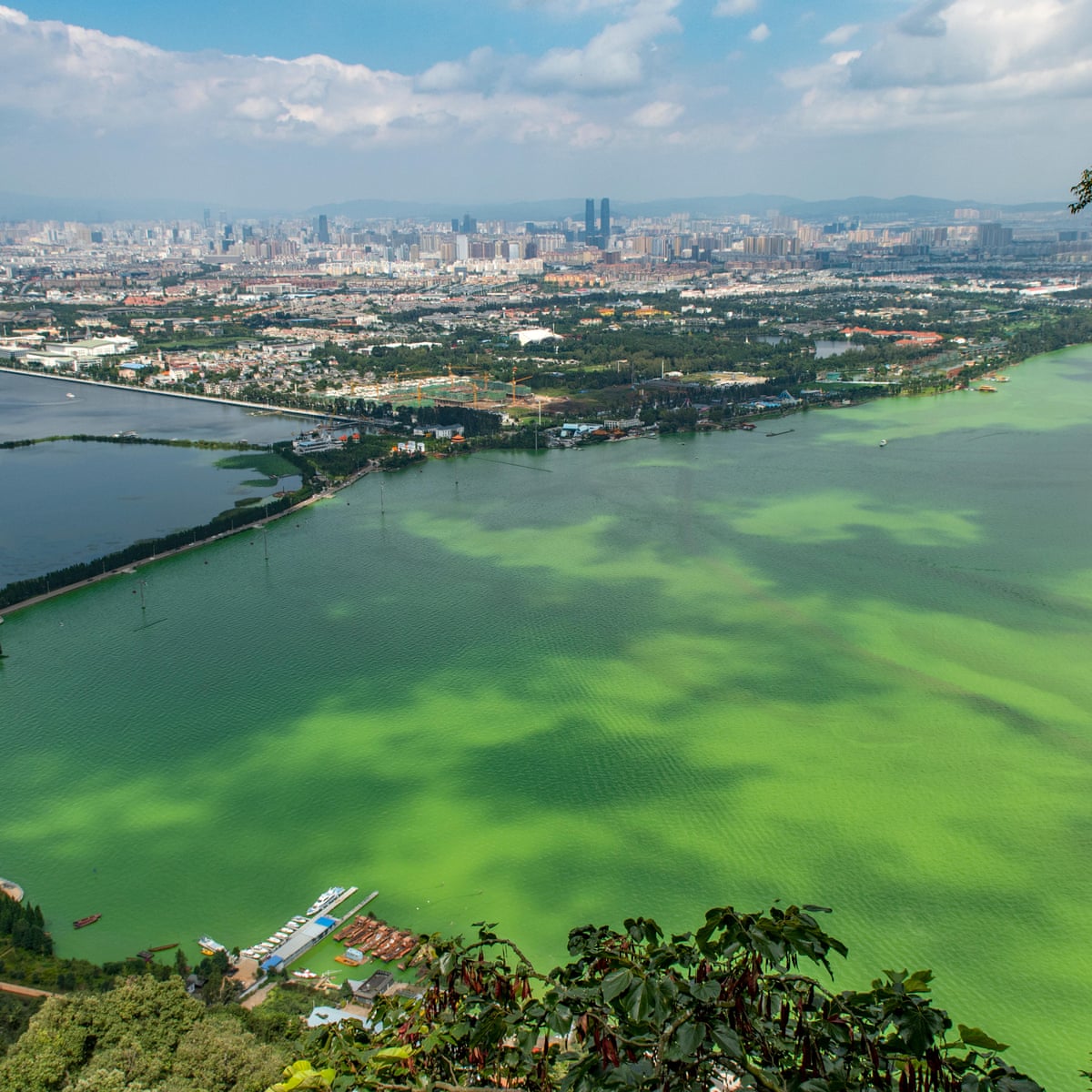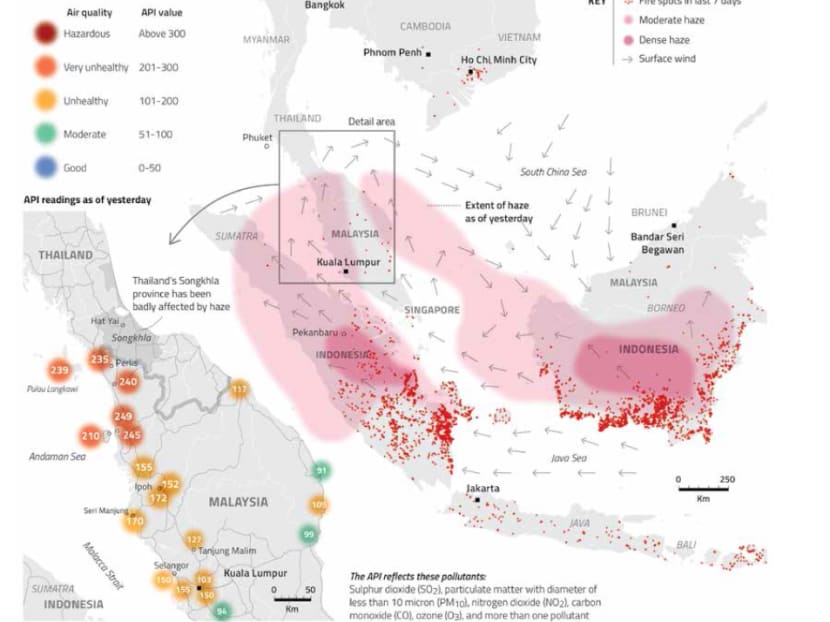Previously, we explored the pollution produced by the growing of crops and the rearing of livestock. In today’s blog post, we will discuss Aquaculture, industrial farming of fish and its associated pollution.
In recent years, Aquaculture has been gaining traction as it has great potential to contribute to global food and protein security. One popular fish for aquaculture is Tilapia due to its rapid growth, resistance to diseases, low mortality rate, resistance to low oxygen and flexibility in feed acceptance (Guzmán-Luna, Gerbens-Leenes & Vaca-Jiménez, 2021). This made Tilapia the 2nd most farmed fish globally, with 4 million metric tons produced annually (Guzmán-Luna, Gerbens-Leenes & Vaca-Jiménez, 2021). However, as with other forms of industrial-scale food production, there are associated pollution and environmental damages.
Aquaculture causes freshwater pollution due to aquafeed, fertilisers, hormone usage and fish waste. In the case of Tilapia, at its infant stage, testosterone (hormones) are mixed with the water to induce a gender change from female to the faster-growing male. Furthermore, Tilapias are commonly fed phytoplankton and fertilisers have to be added to the water to stimulate phytoplankton growth (Guzmán-Luna, Gerbens-Leenes & Vaca-Jiménez, 2021).
This results in heavily polluted wastewater that may or may not is treated before being released to other water bodies. The nutrient-rich wastewater can then cause nutrient pollution and eutrophication in water bodies. Furthermore, the fish waste and unconsumed hormones will cause the water to be unsafe for human drinking, recreational usage and for other wildlife.
Hope you learn something new about food pollution. Stay tuned to more articles about everything related to food and pollution.
References
Guzmán-Luna, P., Gerbens-Leenes, P. W., & Vaca-Jiménez, S. D. (2021). The water, energy, and land footprint of tilapia aquaculture in mexico, a comparison of the footprints of fish and meat. Resources, Conservation and Recycling, 165https://doi.org/10.1016/j.resconrec.2020.105224
Featured image from https://unsplash.com/photos/6hBIMiHtQhs















